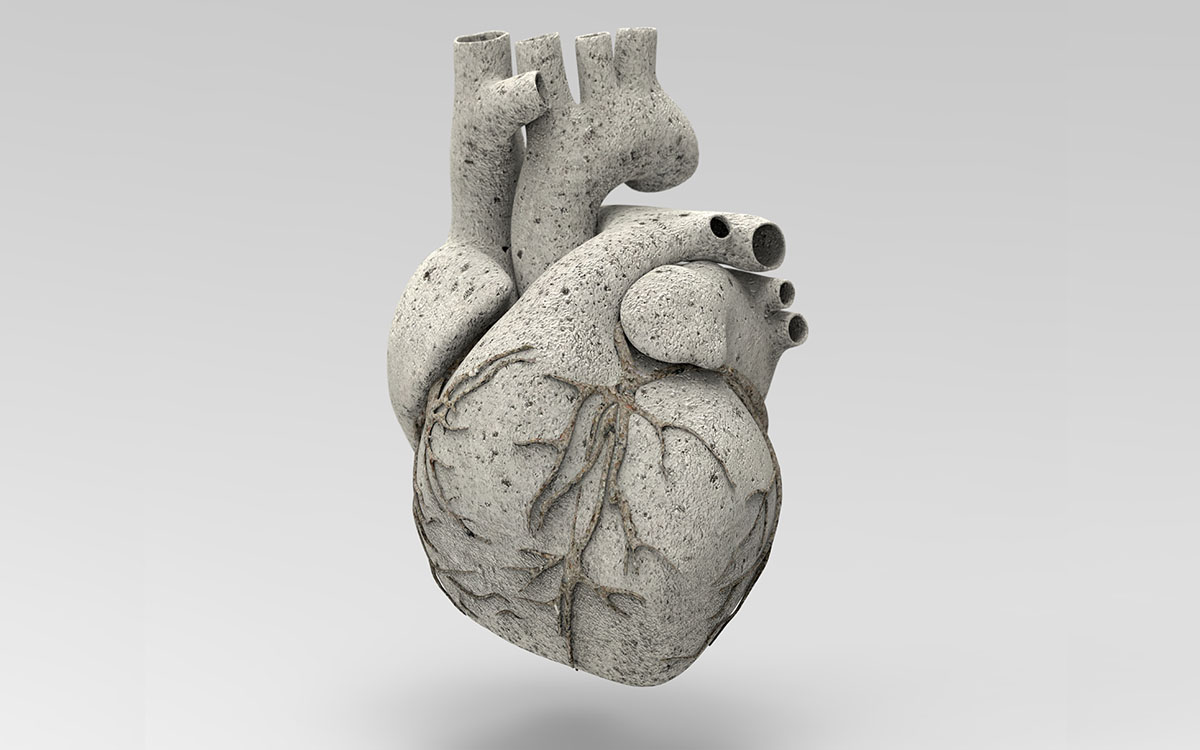3d printed organs are on their way, but there’s still a lot of work left to do

Organ transplants may be routine nowadays, but that doesn’t mean they’re simple procedures, even if you manage to find a donor despite the chronic shortage that’s sending some doctors scrambling to find robotic replacements for failing organs. Your body will always treat organs from another person as alien invaders and constantly look for a chance to attack them, making lifelong courses of immunosuppressants mandatory to avoid rejection. But that’s not a perfect solution either. Suppressing your body’s natural defenses carries huge risks, opening you up to opportunistic infections and cancers. Yes, this certainly beats dying from organ failure, but it will definitely affect your life expectancy over the long term.
You may live, but your quality of life will never be the same as it was when you were healthy, and the donated organ can only function so long in a new body, potentially necessitating a second transplant down the line. Ideally, a new organ would be 3D printed on demand using your own cells, but that’s still a complicated task that hasn’t yielded an implantable organ yet. However, a team of Israeli researchers took a big step in that direction by converting fat cells from a test subject, turning them into stem cells, then printing out a heart on a scaffold made from the subject’s collagen with all the blood vessels and complex tissue necessary to make it fully functional.
But there was a catch. The finished organ is only about an inch across, perfect for a rabbit, but far too small for a human. Still, this is an important step forward, demonstrating that it really is possible to custom print an organ suitable for implantation, even if it’s not ready for a human patient just yet. Next, the researchers will have to figure out if the same techniques could scale up to full size and how well they would function in a flesh and blood patient. Theoretically, the organs shouldn’t cause an immune response, but that’s not always the case with stem cells. Any slight change during their development into new tissues could prompt the immune system to see them as an alien pathogen.
It’s highly unlikely that the first patient to get such a 3D printed heart would just get a new organ and go home. The recovery would need to be thoroughly studied and it’s entirely possible that it would be used temporarily, alongside some sort of artificial backup which doctors watch if the immune system goes haywire and rejects the printed organ. It’s still years before we get the first mature 3D printed heart, and years more before they become a standard treatment. But this experiment is a sign that we are moving in the right direction and starting to understand how to turn the dream of custom organs with minimal risk of rejection printed on demand in hospital labs into reality, and save millions of lives.





